Blue Tongue Disease In Deer
Blue tongue disease in deer. Bluetongue restricts the blood supply to the tongue and lips turning them blue or even black and giving the disease its name. Blue Tongue Virus is a found primarily in white-tail deer but can also be found in other species as well. EHD has been confirmed by laboratory analysis in deer from Butte Davison Hughes Meade and Sully counties.
Though Blue Tongue and EHD are distinctly different these diseased are sometimes impossible to tell apart. Hemorrhagic disease is a viral disease caused by either the epizootic hemorrhagic disease virus or the bluetongue virus. HD is the most important infectious disease of white-tailed deer in the Southeast United States and in Virginia and outbreaks occur almost every year.
However avoid meat infected by BTV in. Blue Tongue and Epizootic Hemorrhagic Disease EHD are viral diseases that impacts farmed and free-ranging white-tailed deer. These viruses are closely related but genetically distinct.
Insects biting midges following a bite to consume a blood meal from susceptible animals. 10 Common Whitetail Deer Diseases That Are Plaguing Herds Nationwide Hemorrhagic Disease. Under field conditions the causative agent bluetongue virus BTV is typically transmitted by Culicoidesspp.
BTV by itself is not harmful to humans. EHD and a related disease called blue-tongue are among the leading disease killers of wild deer particularly in southern states. And be sure to learn the 10 reasons you dont want CWD in your woods.
This disease can be fatal to humans but is more of just a nuisance to the animal. However deer can act as a reservoir for the disease which may then spread to domestic livestock. Outbreaks of diseases similar to HD have been described since 1890 but the EHD virus that causes this disease was not isolated until an outbreak in New Jersey white-tailed deer.
HD is caused by two closely related viruses epizootic hemorrhagic disease EHD or bluetongue virus. Blue tongue is an insect-borne viral disease primarily of sheep but it occasionally goats and even white-tailed deer.
This virus is contracted by biting.
Information About Bluetongue Bluetongue is an arthropod-borne non-contagious infectious disease of domestic and wild non-African ruminants. Hemorrhagic Disease HD in white-tailed deer can be caused by either of two closely related viruses Epizootic Hemorrhagic Disease Virus EHD and Bluetongue Virus BT. Information About Bluetongue Bluetongue is an arthropod-borne non-contagious infectious disease of domestic and wild non-African ruminants. Blue tongue is an insect-borne viral disease primarily of sheep but it occasionally goats and even white-tailed deer. BTV by itself is not harmful to humans. Now is the time of year we may get reports of deer that. The two most significant diseases affecting whitetails today are hemorrhagic disease EHD and bluetongue and chronic wasting disease CWD. Blue Tongue Virus is a found primarily in white-tail deer but can also be found in other species as well. Be on the lookout for sick or dead deer.
Heres a quick guide to the major differences between EHD and CWD. The hot dry weather this summer may have increased the number of. In animals like deer elk pronghorn and cattle it can be extremely painful and eventually causes. For those who arent familiar Epizootic Hemorrhagic Disease and blue tongue are two similar maladies that affect deer typically in late summer. In fact blood tests results are very similar. Many people confuse the two. Hemorrhagic Disease HD in white-tailed deer can be caused by either of two closely related viruses Epizootic Hemorrhagic Disease Virus EHD and Bluetongue Virus BT.
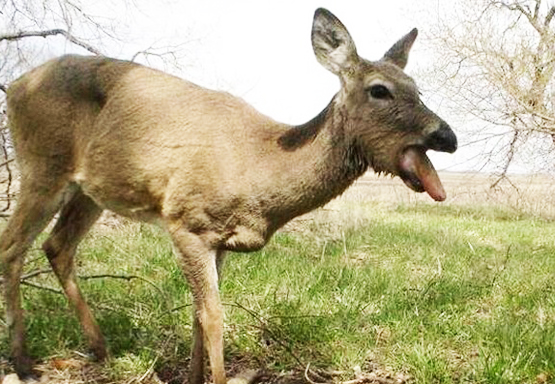
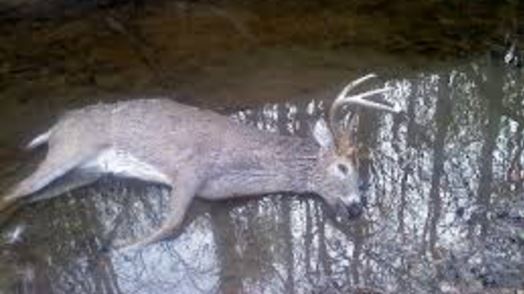





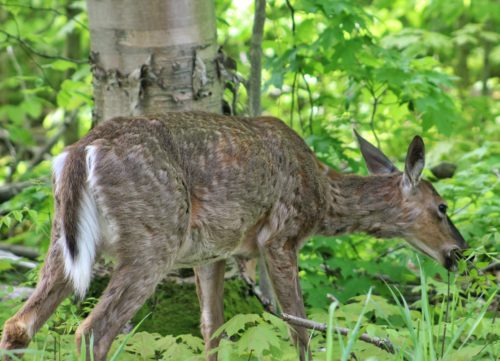

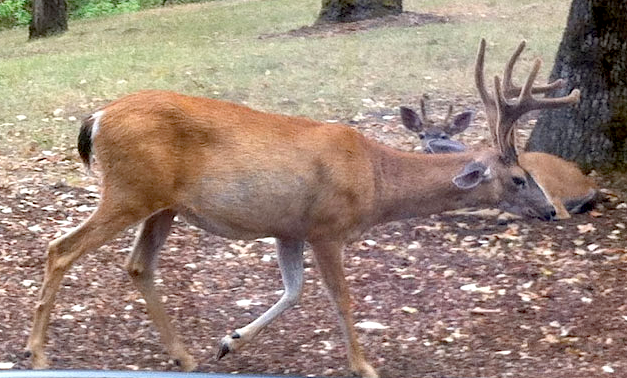

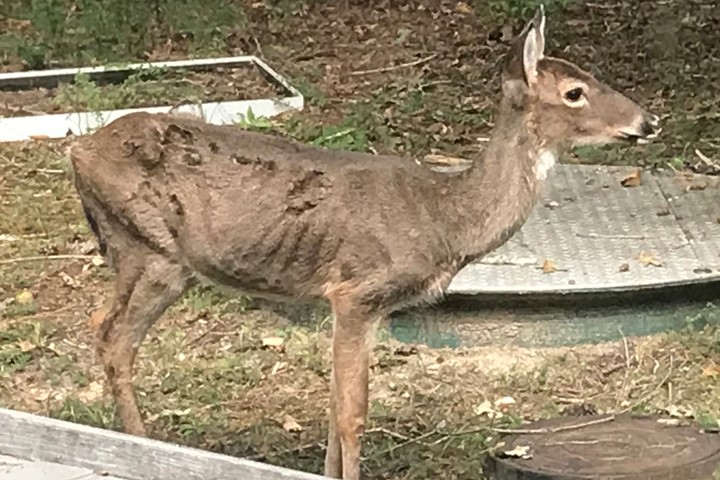
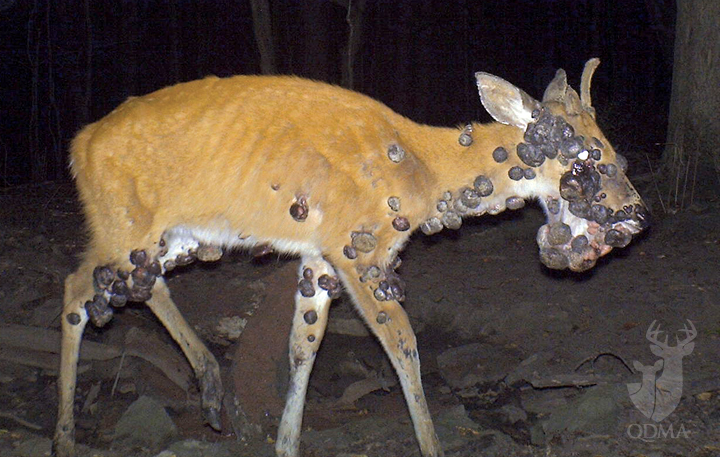

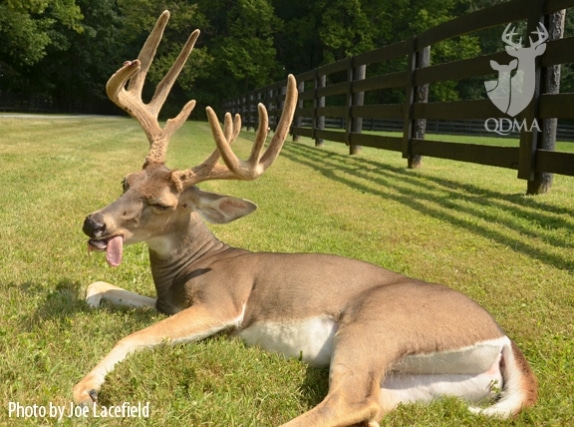


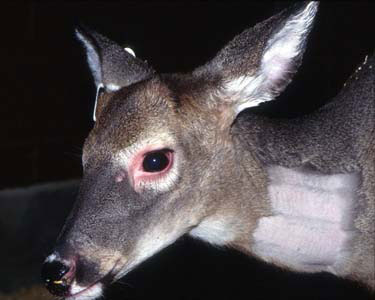
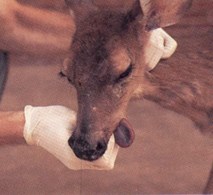






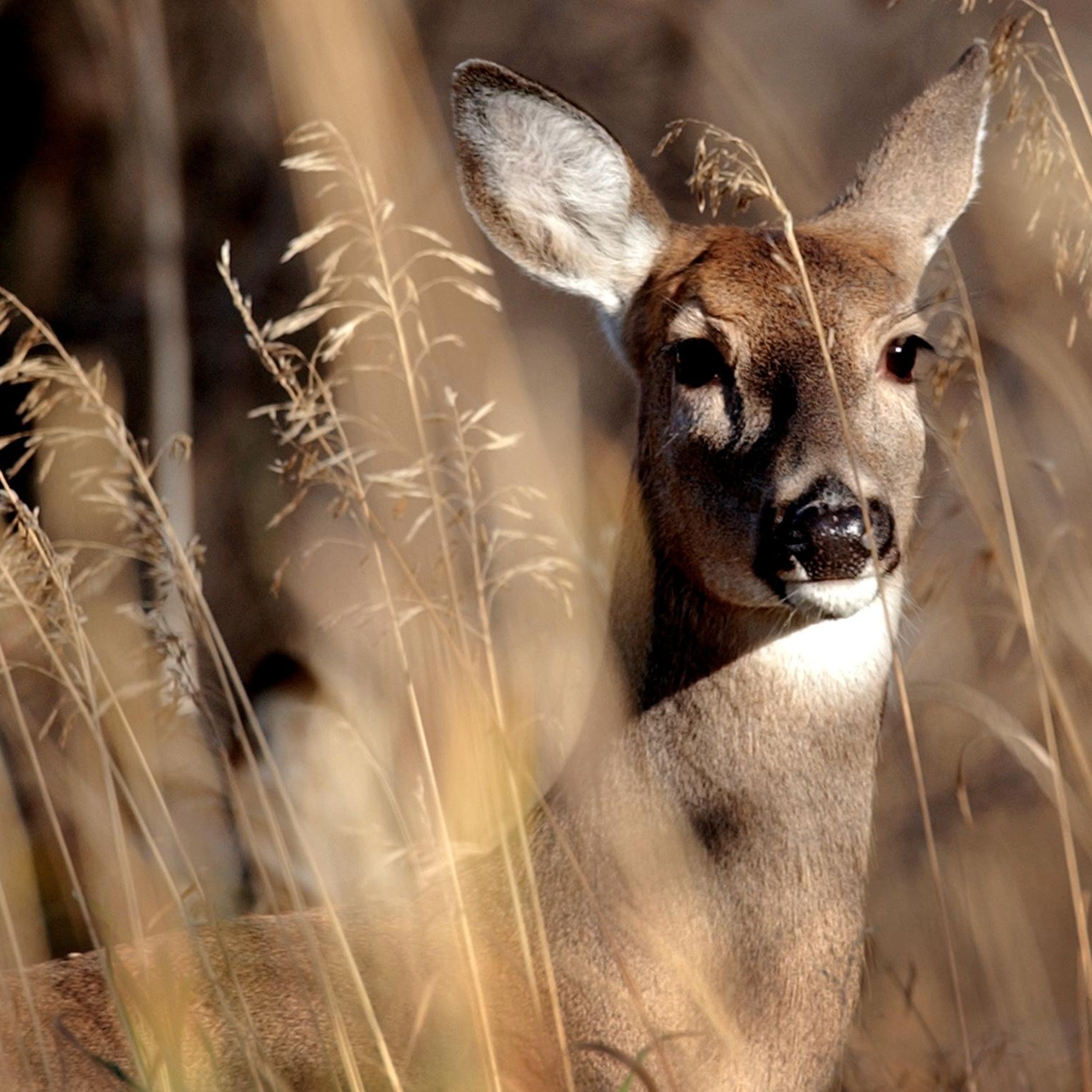



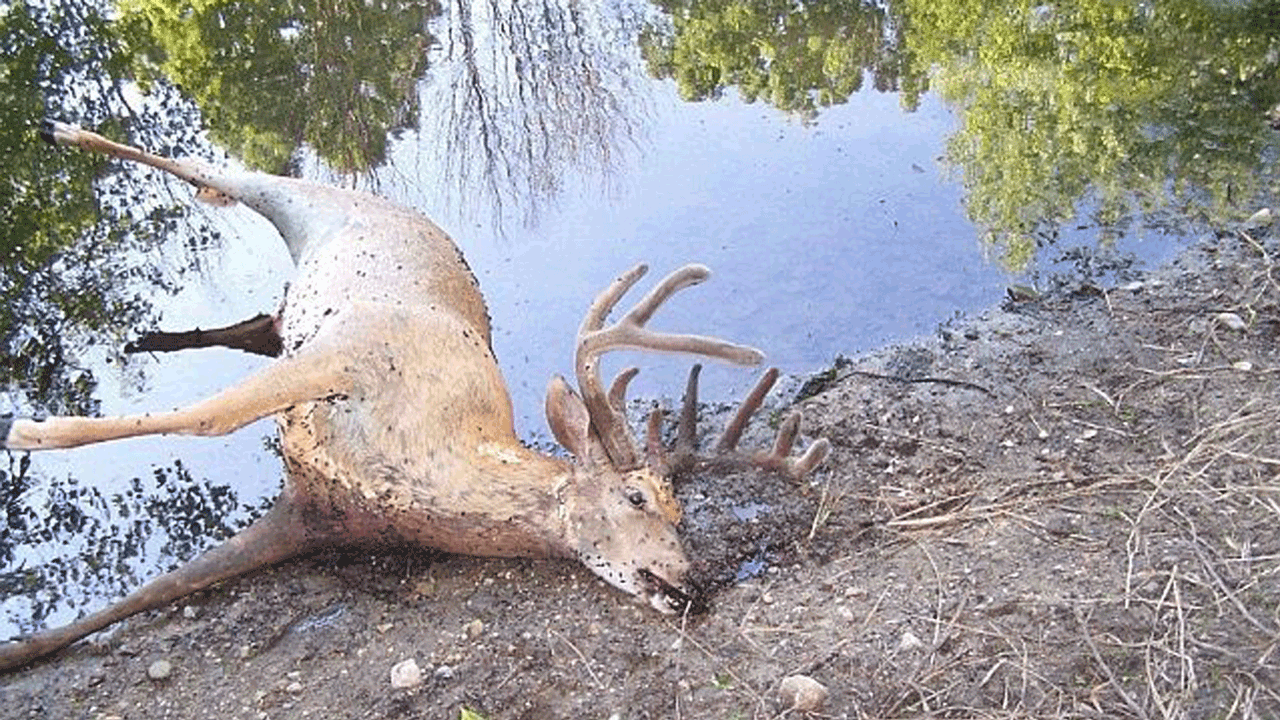

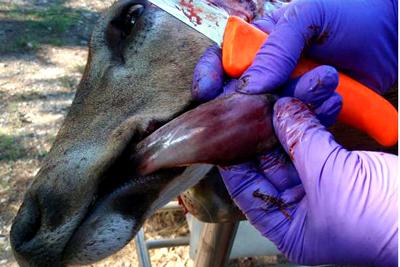

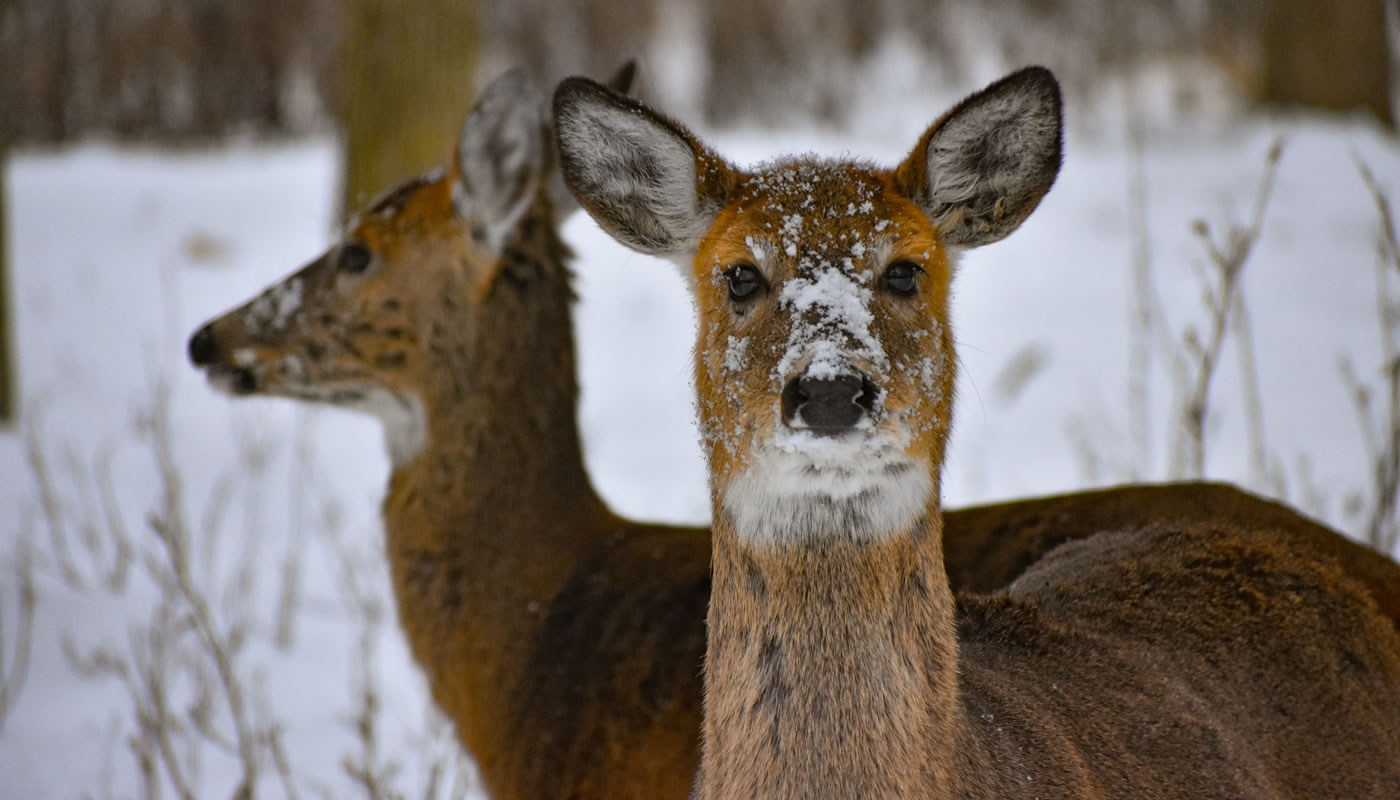






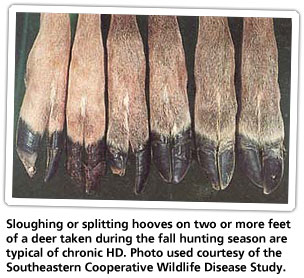
Posting Komentar untuk "Blue Tongue Disease In Deer"